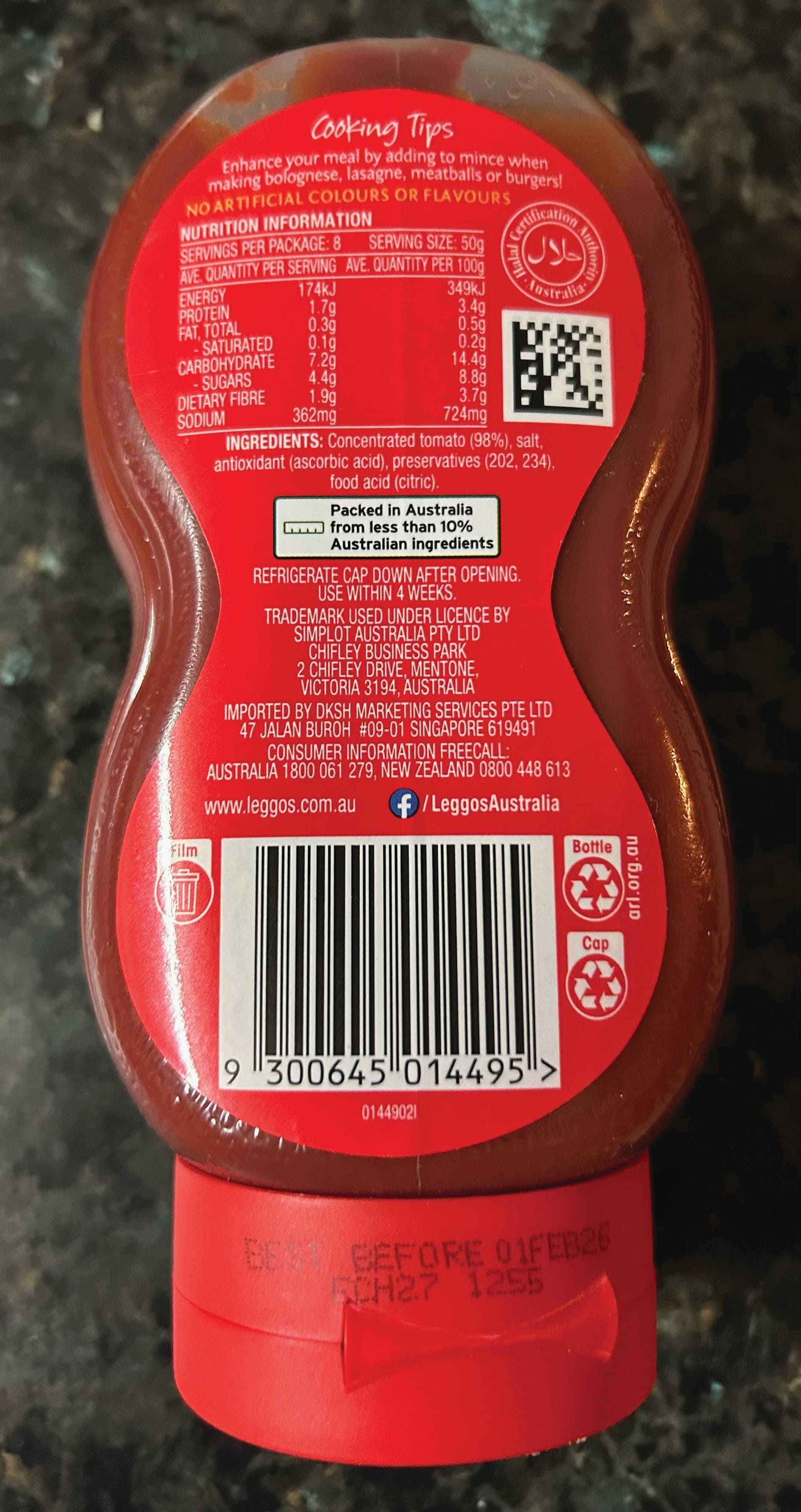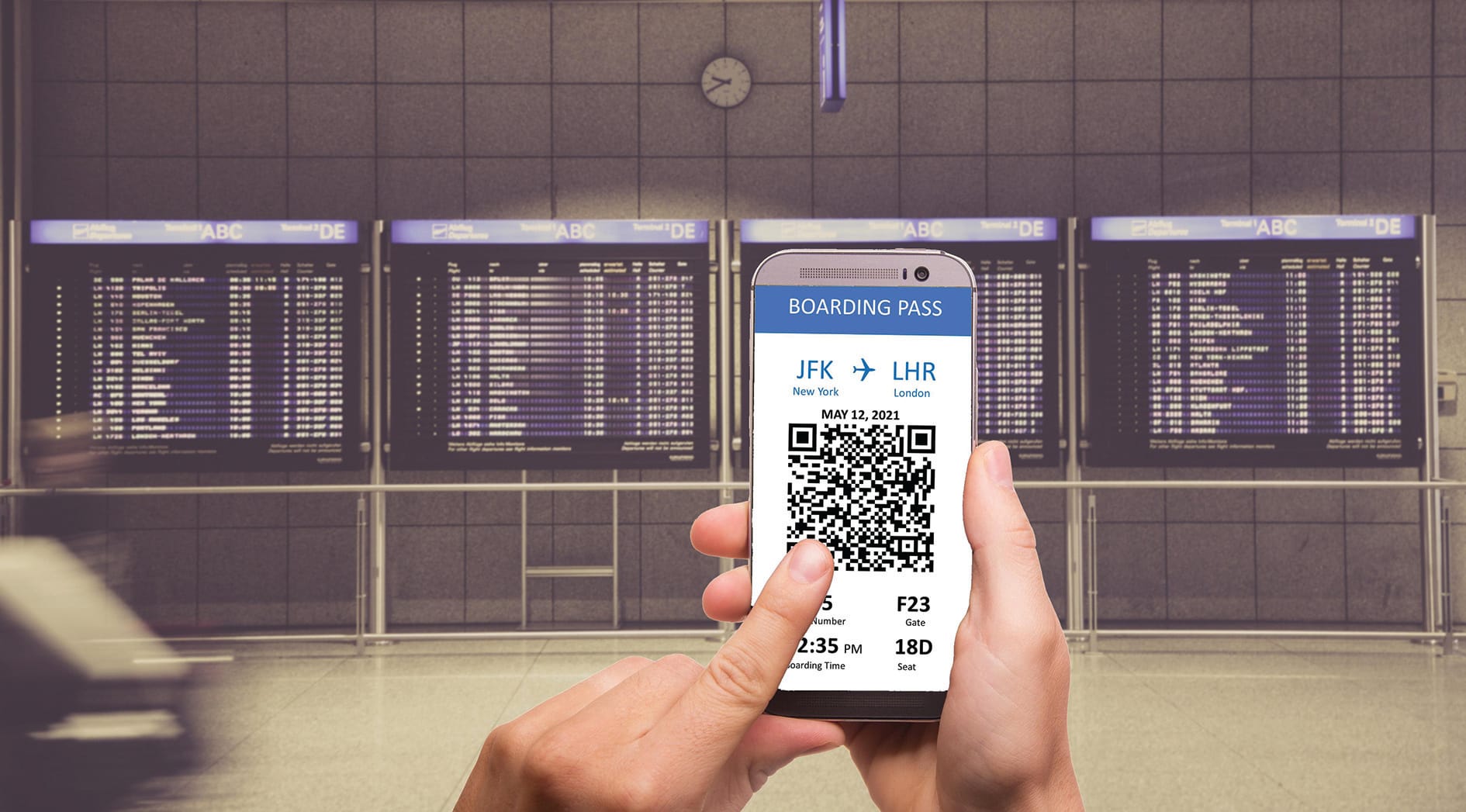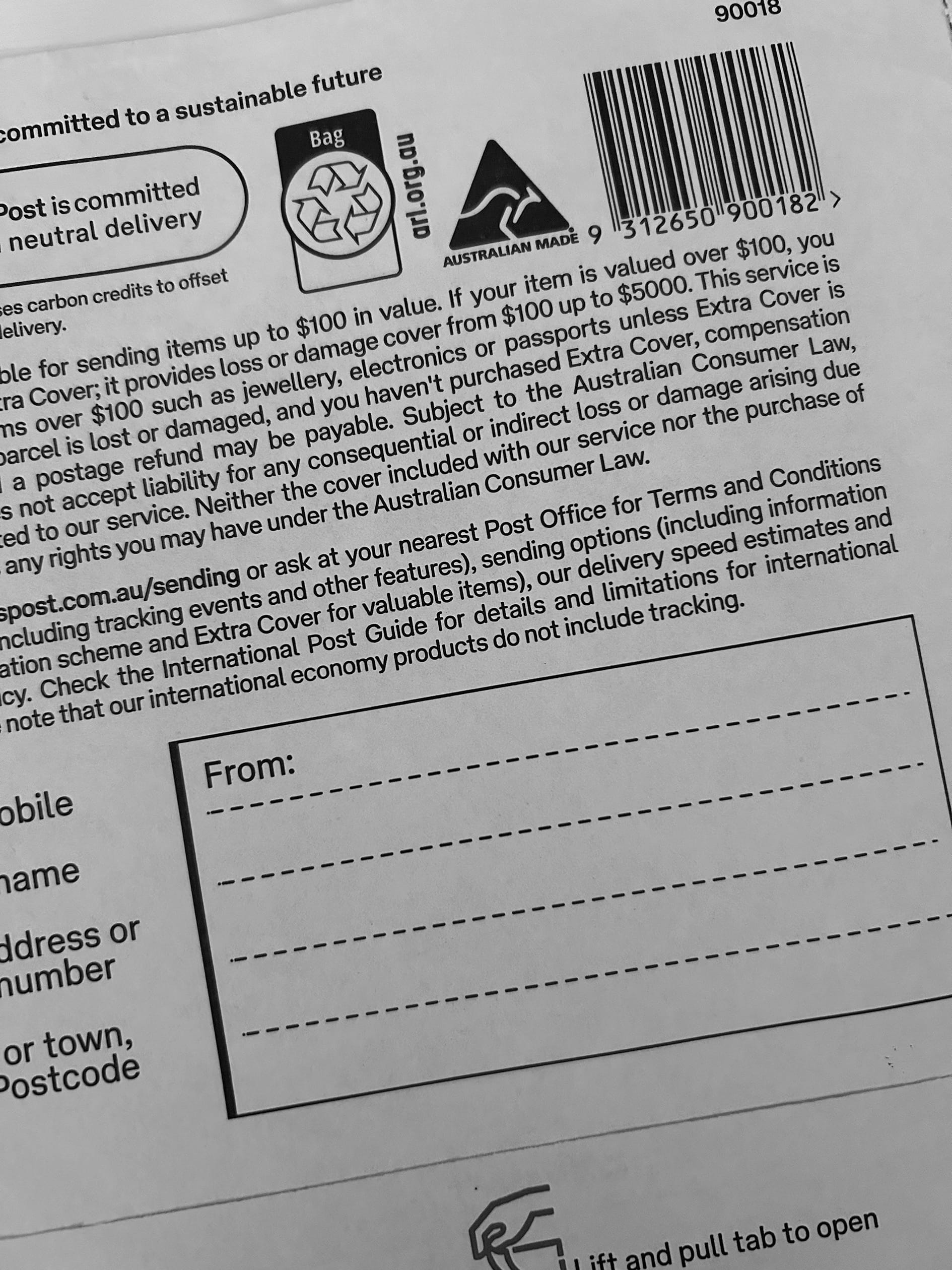Bar codes and QR codes

Hey Kids!
This time we are looking at something that you will come across daily – bar codes and QR codes. Bar codes and other kinds of ID tags are everywhere, tracking everything that moves in clever ways. If you have a quick look around, you’ll probably spot at least three items near you that have bar codes on them.
Today, barcodes are used to identify patients in hospitals, supply prescriptions, speed up manufacturing processes, log into Wi-Fi networks, exchange contact information, check-in at the airport, buy groceries and other retail purchases, find out when the next train or tram is coming and much, much more.
Read all about this everyday part of our lives and then have a go at the word search!
A barcode is a way of storing numbers printed in a way that a computer can easily read. The first barcodes stored the numbers using lines (bars).

The story of barcodes begins with Norman Woodland who, inspired by Morse code, drew the first ever barcode in the sand on a Florida beach.He was trying to solve a problem posed by a supermarket executive to his employer, the Drexel Institute. Woodland patented the idea in 1952, but it would be June of 1974 before the first ever barcode was scanned at a supermarket in Ohio, USA. The item was a ten-pack of Wrigley’s Juicy Fruit chewing gum. It was another decade before most leading retailers had barcode technology in place.
QR codes were first created back in 1994. In 1994, Denso Wave, a Toyota subsidiary, invented the QR code to help track vehicle parts. It was designed to allow for fast decoding speeds, hence the name Quick Response code.
It marked the beginning of the two-dimensional barcode – so called because it is made up of two-dimensional symbols and shapes.
QR Codes are now popular for marketing campaigns and directing people from physical to online content as they can be scanned on just about any smart device. This includes inexpensive smartphones.
The Aztec code was invented in 1995 by Andrew Longacre and Robert Hussey. The two worked at medical device manufacturer Welch Allyn. As well as being used in Healthcare, the Aztec is now popular with the transport sector and can be found on train tickets.

It was also chosen by the airline industry as the standard barcode for electronic boarding passes. So, if a boarding pass has been sent to your phone, it is likely to feature an Aztec code.
Unsurprisingly, its name derives from the central part of the code, which is said to bear a resemblance to an Aztec pyramid.
Today, a smartphone’s ability to scan a barcode with its video camera and decode it at lightning speed is taken for granted. But video recording only started to appear on mobile phones in the early 2000s.
One of the first was the Nokia 6600, which was launched in 2003. At the time, it was Nokia’s most advanced mobile phone. Features included a 6MB internal memory, WAP internet access, and Bluetooth.

Compared to traditional barcodes, QR Codes can hold a tremendous amount of data. A single QR Code can store up to 4,296 alphanumeric characters - over 200 times more than the 20-character capacity of a regular barcode!
The sheer volume of data that a QR Code can store makes it an effective option for sharing files, including documents, images, video clips, and other mediums. Most QR Codes can handle file sizes from 3MB to 5MB.
In Sweden, some graves have barcodes on them, allowing visitors to scan and learn more about the deceased person: This system, known as the “Memorial QR code,” was developed in 2014 and is used in some cemeteries in Sweden. When scanned, the barcode takes visitors to a website with information about the person buried in that grave.




